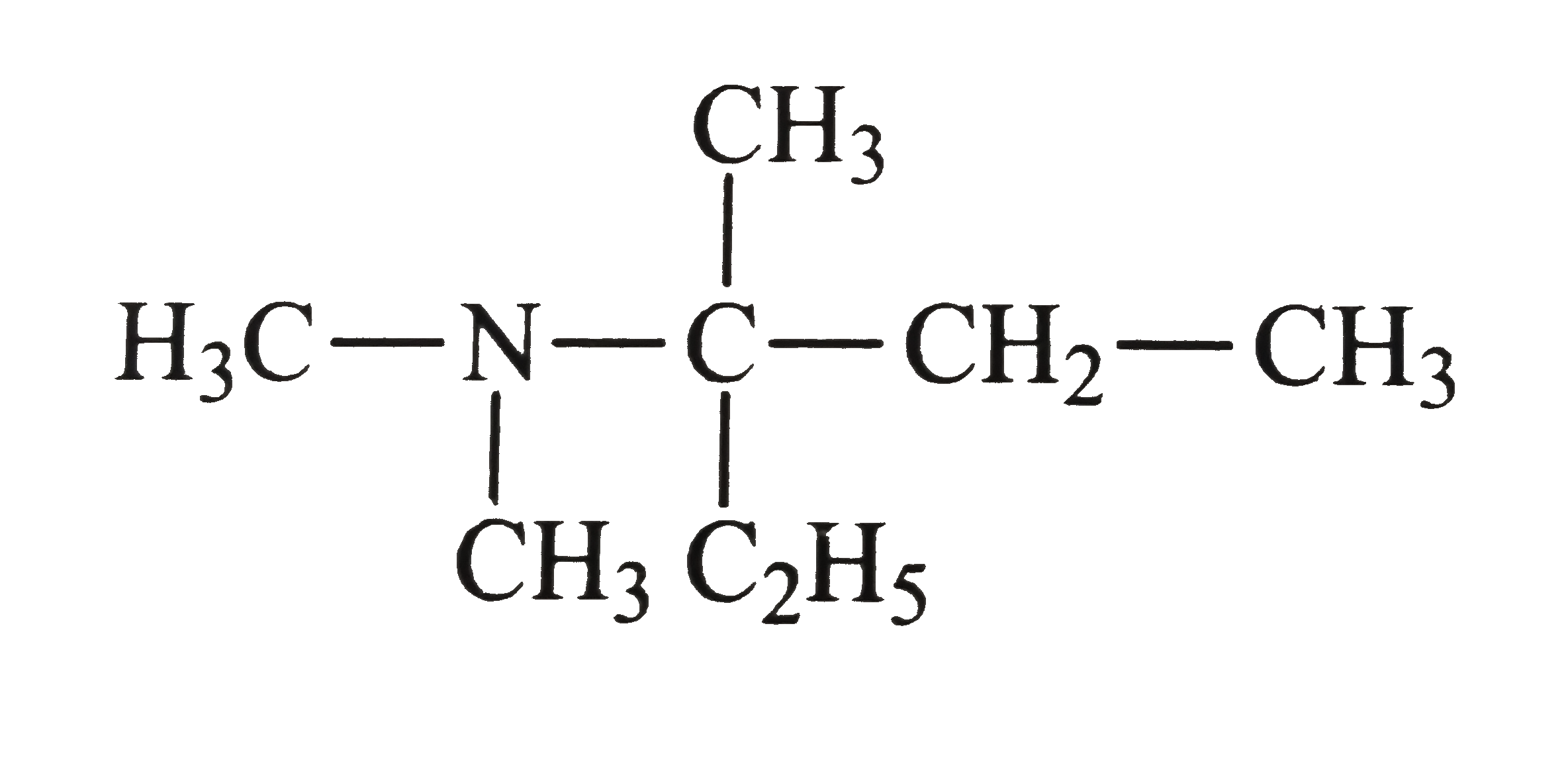Give the IUPAC names of the following compound
Video Solution
Text Solution
diamminedichloridoplatinum (II)
|
Updated on:21/07/2023
Related Playlists
- BOOK - ICSECHAPTER - COORDINATION COMPOUNDS EXERCISE - EXERCISE (PART - I OBJECTIVE QUESTIONS)22videos
COORDINATION COMPOUNDS
- BOOK - ICSECHAPTER - COORDINATION COMPOUNDS EXERCISE - EXERCISE (PART - I OBJECTIVE QUESTIONS) (Multiple Choice Questions)30videos
COORDINATION COMPOUNDS
- BOOK - ICSECHAPTER - COORDINATION COMPOUNDS EXERCISE - ISC EXAMINATION QUESTION (PART- II DESCRIPTIVE QUESTIONS)39videos
COORDINATION COMPOUNDS
- BOOK - ICSECHAPTER - CHEMISTRY-2020 EXERCISE - Question (Answer the following question)4videos
CHEMISTRY-2020
- BOOK - ICSECHAPTER - d- AND- f- BLOCK ELEMENTSEXERCISE - ISC EXAMINATION QUESTIONS (PART-II)(DESCRIPTIVE QUESTIONS)15videos
d- AND- f- BLOCK ELEMENTS
Similar Questions
Give the IUPAC name of the following compound:
 View Solution
View SolutionGive the IUPAC name of the following compound.
 View Solution
View SolutionGive the IUPAC name of the following compounds
View SolutionGive the IUPAC name of the following compound.
 View Solution
View SolutionGive the IUPAC name of the following compound :
 View Solution
View SolutionGive the IUPAC names of the following compounds :
 View Solution
View SolutionGive the IUPAC names of the following compounds :
 View Solution
View SolutionGive the IUPAC names of the following compounds :
 View Solution
View SolutionGive the IUPAC names of the following compounds :
 View Solution
View SolutionGive the IUPAC names of the following compounds :
 View Solution
View Solution


